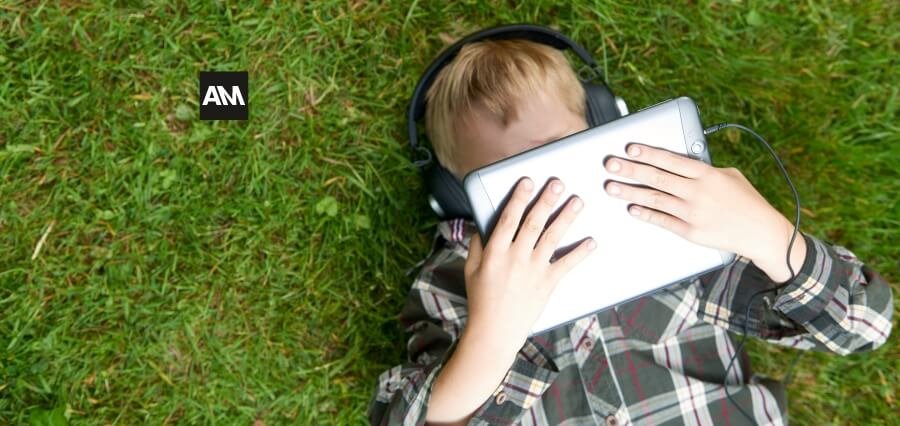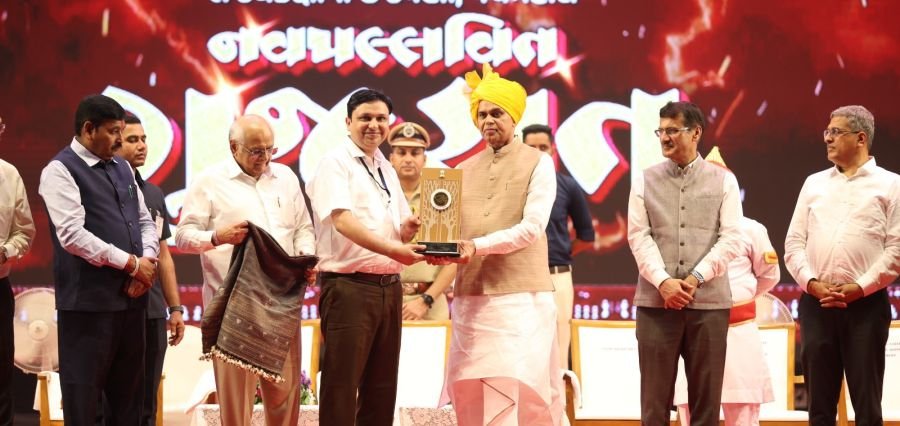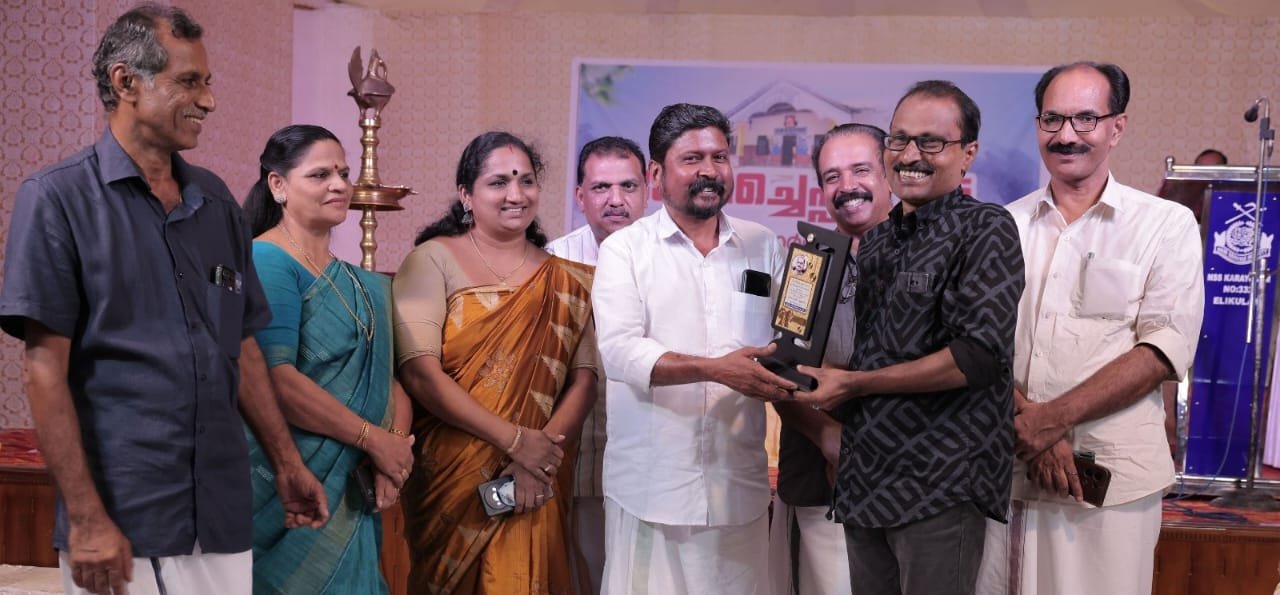The World of Entertainment
The entertainment industry in India is a lucrative industry that influences cultures and guides millions of people along with providing ample opportunity for people of all ages. Out of those included, children can be part of the successful sectors of the motion picture, television shows and commercials.
Nevertheless, the present tendency for child performers is more important to be observed and protected from potential harm and negative impacts. In India employment of the children in entertainment industry has some specific laws and regulations to stop any kind of exploitation of those children and to make sure that they are not harmed with their education and emotional condition.
Legal Framework for Children in Entertainment in India
India has formulated a code for the protection of children employed in entertainment that no child should go through utter risky and unfair treatment. Child labour laws of India are primarily contained in the ‘Child and Adolescent Labour (Prohibition and Regulation) Act of 1986,’ which expressly prohibits employment of any child under the age of 14 years in hazardous occupations/ processes. However, as is mentioned, the entertainment sector is excluded from the general prohibition of child labour. Nevertheless, the specific rules are, as it were, applied to it.
In addition, the Factories Act of 1948 and the Bharatiya Nyaya Sanhita (BNS) extend safety and welfare protection to children. The National Commission for Protection of Child Rights (NCPCR) is also useful so that children working in the entertainment areas are handled with ethics and safety.
Key Rules and Regulations for Children in Entertainment
- Working Hours and Conditions:
The main worry about child performers is their health, safety, and sleep. The Child and Adolescent Labour Act has strictly regulated the working hours for children. However, in entertainment, the working hours have regulations to prevent them from working too long. A child shall not be allowed to work for more than five hours in a day and this child must be allowed ample time for rest and recreation.
Any child below 14 years is restricted from mining, particularly at night, and can only work during certain periods of the day so that they do not miss school. In addition to product safety and health, productions must also guarantee safe workplaces for children to work under to ensure the health and welfare of children without compromise.
- Education:
One of the important regulations that apply to child performers is that their education should not be sacrificed. It is a requirement under Indian law that children involved in the entertainment industry should not be deprived of their educational rights. The producer needs to provide a tutor or teacher who will engage the child artist during breaks and non-working hours. Thus, children are not denied their schooling due to this work obligation.
The Right to Education (RTE) Act, 2009 further states that all children within the group of 6-14 years should be provided with free compulsory education. Child performers also fall within this category. Even if children are working then producers would be responsible to see that they get suitable education during the course of production.
- Safety and Welfare:
Child performers, considering the gruelling nature of most entertainment-related stints, are put under strict safety provisions. Children must not be exposed to hazardous work environments, dangerous stunts, or emotionally taxing content. Producers have to take extra care so that the physical and mental health of the child performer is not affected during the process of filming.
In a few instances, a child’s interests are better safeguarded when a guardian or parent accompanies the child, who should then be supervised in their work. The work also should not be unduly harmful to the child.
- Earnings and Financial Protection:
Children in the entertainment industry frequently take home enormous money, but they would need financial protection against exploitation. As provided by Indian law, a portion of earnings of a child performer must be deposited in a trust or savings account, which will ensure that once the child is grown up, he or she has access to the funds. This is close to other countries’ statutes that aim to prevent the mismanagement of child actors’ finances by their guardians or agents.
- Regulation of Content:
Indian law also dictates the nature of the content that a child can be used for. Child performers are not permitted to act in scenes that would be considered objectionable for a child’s age. For example, children are prohibited from acting in scenes with nudity, scenes containing sexual acts, and those containing explicit violence. It is the CBFC, which enforces these rules so that the child artist is not seen working in unsuitable roles.
Conclusion: Balancing Opportunities and Protections
The existing rules and regulations made to govern child performers in India aim to protect the welfare, rights, and development of a child while allowing the child to exercise his or her dreams in the entertainment world. However, challenges still exist. Parents, guardians, and producers must therefore be vigilant enough to prevent any misuse of children’s exploitation. With the right balance of opportunity, safety, and education, children may adequately survive the entertainment world while sacrificing less on their own well-being and future.
Together with the growth and evolution of the Indian entertainment industry, regulations that protect the welfare of child performers will have to change in order to ensure that the next generation of talent is supported and safeguarded. And by holding to these rules, India can continue to nurture young stars fairly and ethically, giving them ample latitude for greater expressions.









